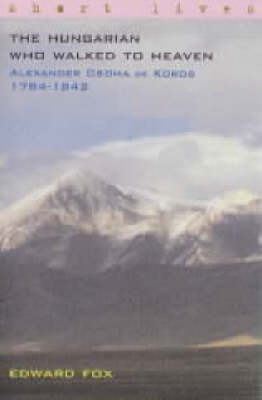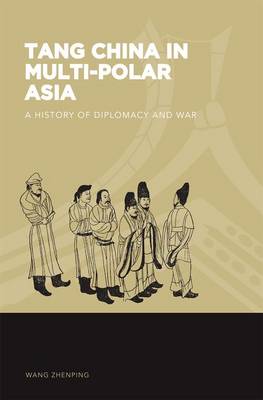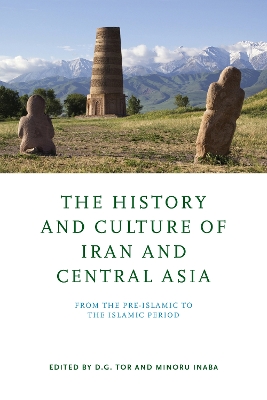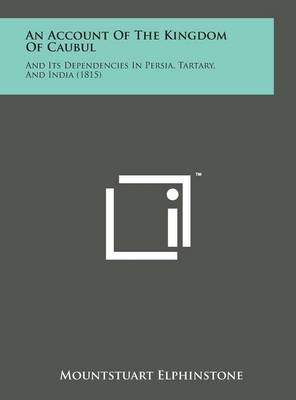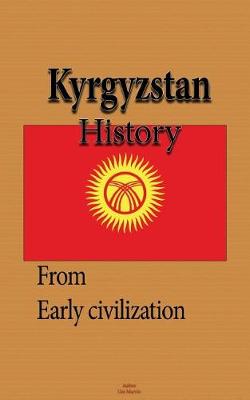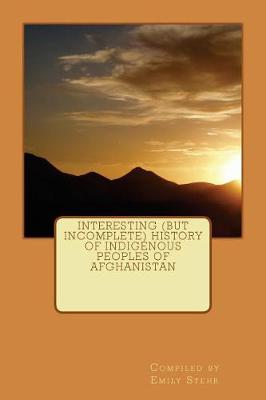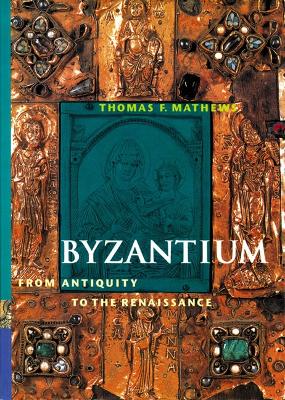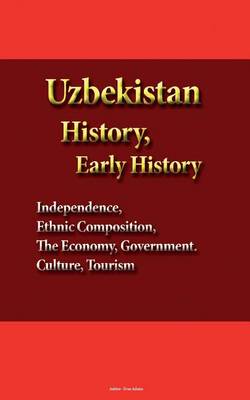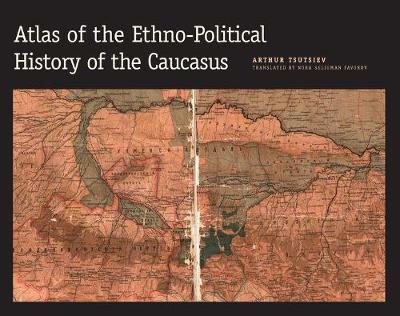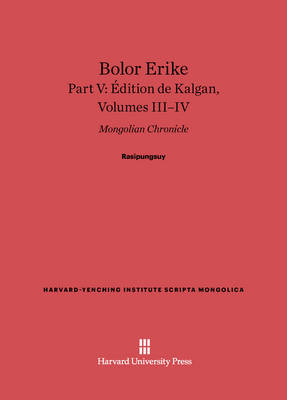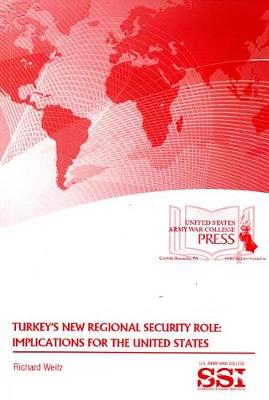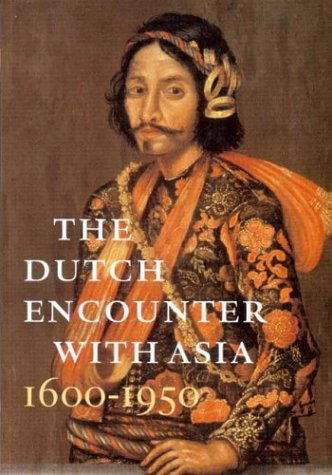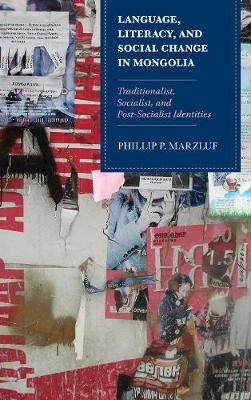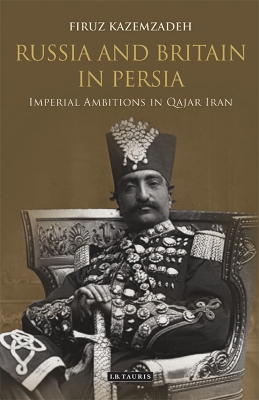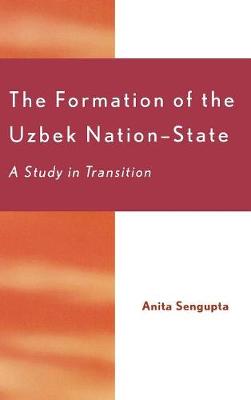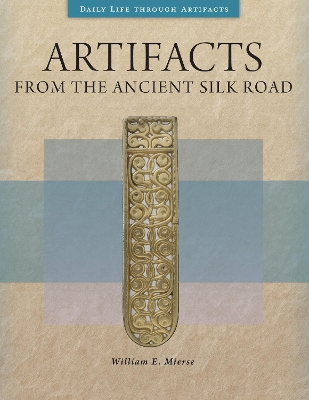In 1819 Alexander Csoma de Koros, a Hungarian scholar, set off on a 30-year odyssey in search of his own identity, or rather of the origins of the Magyar people. He ended up in Ladakh, where, through a bizane sequence of events, he found himself decoding the mysteries of Tibetan culture for the British government. The desire to travel, as Edward Fox so deftly illustrates, can be a terrible burden on the soul.
Securing Gains in Fragile States
by Stephen Watts, Jeffrey Martini, Jason H Campbell, and Inhyok Kwon
Using a synthetic narrative approach, this ambitious work uses the lens of multipolarity to analyse Tang China's (618-907) relations with Turkestan; the Korean states of Koguryo, Silla, and Paekche; the state of Parhae in Manchuria; and the Nanzhao and Tibetan kingdoms. Without any one entity able to dominate Asia's geopolitical landscape, the author argues that relations among these countries were quite fluid and dynamic-an interpretation that departs markedly from the prevalent view of China f...
Vambery's Travels in Central Asia describes the author's celebrated journey through Central Asia in 1863, motivated by linguistic research. Disguised as a dervish and travelling with a party of Muslim pilgrims, he succeeded in crossing the dreaded Turkoman desert via the ancient bed of the Oxus, and visiting the cities of Khiva, Bokhara and Samarkand without detection. As well as describing these cities during their final years of independence (all were annexed by Russia within ten years of his...
The History and Culture of Iran and Central Asia
This volume examines the major cultural, religious, political, and urban changes that took place in the Iranian world of Inner and Central Asia in the transition from the pre-Islamic to the Islamic periods. One of the major civilizations of the first millennium was that of the Iranian linguistic and cultural world, which stretched from today's Iraq to what is now the Xinjiang Autonomous Region of China. No other region of the world underwent such radical transformation, which fundamentally alter...
Daily Life in the Mongol Empire (Greenwood Press Daily Life Through History) (Daily Life)
by George Lane
The Mongol Empire comes to life in this vivid account of the lives of ordinary people who lived under the rule of Ghengis Khan. The book allows the reader to enjoy traditional Mongol folktales and experience life in a yurt, the tent in which the nomadic Mongols lived. It explains why the Mongols had a reputation for being savage barbarians by describing their fur-lined clothes and their heavy, meat- and alcohol-based diet. It supplies first-hand accounts of fighting in Ghengis Khan's decimalized...
Though Tibet's system of governance had serious lacunas, the Land of Snows was free and independent. In October 1950, Mao's regime decided to 'liberate' it. 'Liberate' from what, was the question everybody asked. Though some in Delhi did not realise it, it would soon be a tragedy for India too, as it had to suddenly live with a new neighbor, whose ideology was the opposite of Buddhist values. The narrative starts soon after Independence and ends with the signing of the 17-Point Agreement in Beij...
Interesting (but Incomplete) History of Indigenous Peoples of Afghanistan
by Emily Stehr
For courses in Medieval Art. Extensively illustrated in full color throughout, this text explores the extraordinary world of Byzantium in all its grandeur and complexity—surveying Byzantine art within a broad cultural and historical context. Part of the Prentice Hall Perspectives Series co-published by Prentice Hall and Harry N. Abrams, Inc.
To oppose the Soviet invasion of Afghanistan in 1979, the US formed an extraordinary anti-communist alliance with militant Islamic forces in Central Asia. In this controversial book, John Cooley provides a behind-the-scenes account of this alliance and of how the CIA planned and ran the "holy war" in Afghanistan. Cooley describes the development of US foreign policy and CIA covert activity in the 1980s, which facilitated the training and arming of almost a quarter of a million Islamic mercenarie...
The Atlas of the Ethno-Political History of the Caucasus is a magnificent collection of fifty-six original maps with commentaries that detail the ethnic, religious, and linguistic makeup of the Caucasus-the region located between the Black and Caspian Seas that contains Europe's highest mountain-from the eighteenth century to the present. The highly detailed maps and text untangle the exceptionally complicated history of this area, poised between Europe and Asia, which has been marked by ethnic...
Edition de Kalgan, Volumes III-IV (Harvard-Yenching Institute Scripta Mongolica, #3)
Turkey's New Regional Security Role: Implications for the United States
by Dr Richard Weitz
The Author sets the scene with his early experiences as a sniper during his 2004 Cimic House Al-Amarah tour in Iraq where hard lessons were learnt. Next stop after rigorous training came participation on Op HERRICK 8/9 in Helmand District, Afghanistan. Having already been a Sniper Instructor for eight years by the start of the Helmand Tour, he is well qualified to explain sniping tactics and techniques in fascinating detail. Together with the operational background, his descriptions of many sni...
Language, Literacy, and Social Change in Mongolia (Contemporary Central Asia: Societies, Politics, and Cultures)
by Phillip P. Marzluf
Language, Literacy, and Social Change in Mongolia is the first full-length treatment of literacy in Mongolian. Challenging readers' assumptions about Central Asia and Mongolia, this book focuses on Mongolians' experiences with reading and writing throughout the past 100 years. Literacy, as a powerful historical and social variable, shows readers how reading and writing have shaped the lives of Mongolians and, at the same time, how reading and writing have been transformed by historical, politica...
At the height of her imperial power Britain clashed with Russia at many points from Turkey to China. But it was only in Persia and Central Asia that these two expansionist empires met face to face. The fear of a Russian drive against India had initially impelled the British to oppose the extension of Russian influence. Russia's subsequent advance into Central Asia and her spectacular conquests in the second half of the nineteenth century both startled Europe and narrowed the gap separating the R...
Beyond the Steppe Frontier (Studies of the Weatherhead East Asian Institute)
by Soeren Urbansky
A comprehensive history of the Sino-Russian border, one of the longest and most important land borders in the worldThe Sino-Russian border, once the world's longest land border, has received scant attention in histories about the margins of empires. Beyond the Steppe Frontier rectifies this by exploring the demarcation's remarkable transformation-from a vaguely marked frontier in the seventeenth century to its twentieth-century incarnation as a tightly patrolled barrier girded by watchtowers, ba...
Within one century the Uzbek state was formed twice: once when it was 'created' as the Soviet Socialist Republic of Uzbekistan in the post revolution period and then again when it was reborn as the sovereign Uzbek Republic after the dissolution of the Soviet Union. The Formation of the Uzbek Nation-State: A Study in Transition examines the process of nation-state formation in Central Asia, providing a detailed and insightful look at the transitions the Uzbek state has undergone in governance, po...
Artifacts from the Ancient Silk Road (Daily Life through Artifacts)
by William E Mierse
Artifacts from the Ancient Silk Road explores the interconnectivity of the Eurasian continent from 4000 BCE to 1000 CE. It focuses on the role played by Central Asia through which passed the major trade routes, the Silk Roads. Artifacts from the Ancient Silk Road covers life along the Silk Road over 5000 years as it can be understood by considering objects. In this first object-based study to consider all of the peoples involved on the Silk Roads, objects provide the vehicles for explorations o...
